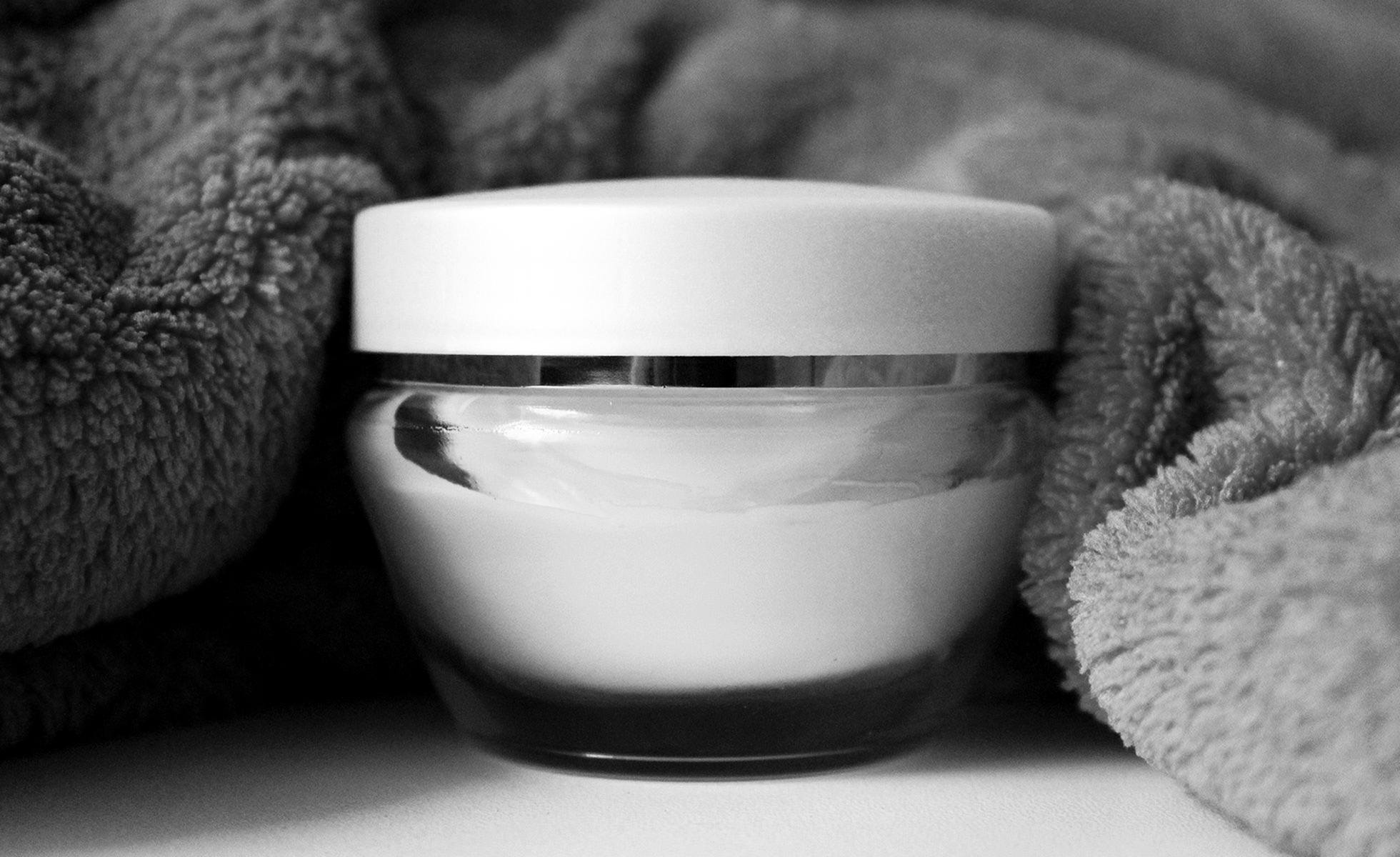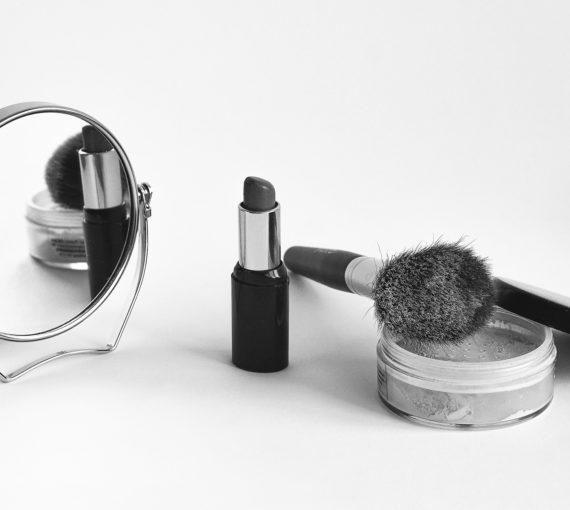Use in Cosmetics
PEGs (polyethylene glycols) are petroleum-based compounds that are widely used in cosmetics as thickeners, solvents, softeners, and moisture-carriers. PEGs are commonly used as cosmetic cream bases. They are also used in pharmaceuticals as laxatives.
Health and Environmental Hazards
Depending on manufacturing processes, PEGs may be contaminated with measurable amounts of ethylene oxide and 1,4-dioxane. i The International Agency for Research on Cancer classifies ethylene oxide as a known human carcinogen and 1,4-dioxane as a possible human carcinogen. Ethylene oxide can also harm the nervous system ii and the California Environmental Protection Agency has classified it as a developmental toxicant based on evidence that it may interfere with human development. iii 1,4-dioxane is also persistent. In other words, it doesn’t easily degrade and can remain in the environment long after it is rinsed down the shower drain. 1,4-dioxane can be removed from cosmetics during the manufacturing process by vacuum stripping, but there is no easy way for consumers to know whether products containing PEGs have undergone this process. iv In a study of personal care products marketed as “natural” or “organic” (uncertified), U.S. researchers found 1,4-dioxane as a contaminant in 46 of 100 products analyzed. v
While carcinogenic contaminants are the primary concern, PEG compounds themselves show some evidence of genotoxicity vi,vii and if used on broken skin can cause irritation and systemic toxicity. viii The industry panel that reviews the safety of cosmetics ingredients concluded that some PEG compounds are not safe for use on damaged skin (although the assessment generally approved of the use of these chemicals in cosmetics). ix Also, PEG functions as a “penetration enhancer,” increasing the permeability of the skin to allow greater absorption of the product — including harmful ingredients. x
Regulatory Status
There are no restrictions on the use of parabens in cosmetics in Canada. Ethylene oxide and 1,4-dioxane are prohibited on Health Canada’s Cosmetic Ingredient Hotlist. However, when these chemicals are present in a product as a contaminant (i.e., an unintentional ingredient), the Hotlist restriction does not apply. 1,4-dioxane was recently assessed under the government’s Chemicals Management Plan, but Health Canada and Environment Canada concluded that the chemical did not meet the legal definition of “toxic” because estimated exposure levels were considered to be lower than those that might constitute a danger to human health. The assessment noted uncertainty in the exposure estimates, “due to the limited information on the presence or concentrations of the substance in consumer products available in Canada.” xi
Related Ingredients
Propylene glycol is a related chemical that, like PEGs, functions as a penetration enhancer and can allow harmful ingredients to be absorbed more readily through the skin. It can also cause allergic reactions. Health Canada categorized propylene glycol as a “moderate human health priority” and flagged it future assessment under the government’s Chemicals Management Plan.
Other ethoxylates may be contaminated with ethylene oxide and 1,4-dioxane. These ingredients usually have chemical names including the letters “eth” (e.g., polyethylene glycol).
i Black RE, Hurley FJ, and Havery DC. “Occurrence of 1,4-dioxane in cosmetic raw materials and finished cosmetic products.” Int J PharJ AOAC Int. 84, 3 (May-Jun 2001):666-70.
ii Brashear, A. et al. “Ethylene oxide neurotoxicity: a cluster of 12 nurses with peripheral and central nervous system toxicity.” Neurology 46, 4 (Apr 1996):992-8.
iii California. EPA. Office of Environmental Health Hazard Assessment. Chemicals Known to the State to Cause Cancer or Reproductive Toxicity. February 5, 2010.https://www.oehha.org/prop65/prop65_list/files/P65single020510.pdf
iv Environmental Health Association of Nova Scotia. Guide to Less Toxic Products.Halifax: EHANS, 2004. https://www.lesstoxicguide.ca/index.asp?fetch=personal#commo.
v OCA (Organic Consumer Association). 2008. Consumer alert. Cancer-causing 1,4-dioxane found in personal care products misleadingly branded as natural and organic. Available: https://www.organicconsumers.org/bodycare/DioxaneRelease08.cfm
vi Wangenheim J and Bolcsfoldi G. “Mouse lymphoma L5178Y thymidine kinase locus assay of 50 compounds.” Mutagenesis 3, 3 (May 1988):193-205.
vii Biondi O, Motta S, and Mosesso P. “Low molecular weight polyethylene glycol induces chromosome aberrations in Chinese hamster cells cultured in vitro.” _Mutagenesis_17, 3 (May 2002):261-4.
viii Lanigan, RS (CIR Expert Panel). “Final report on the safety assessment of PPG-11 and PPG-15 stearyl ethers.” Int J Toxicol.20 Suppl 4 (2001):13-26
ix Cosmetic Ingredient Review. Ingredient Reports — Quick Reference Table (summarizing publications through Dec 2009). https://www.cir-safety.org/staff_files/PublicationsListDec2009.pdf
x Epstein, S with Fitzgerald, R. Toxic Beauty. Dallas: BenBella Books, 2009: 158-9.
xi Environment Canada and Health Canada. Screening Assessment for the Challenge: 1,4-Dioxane. March 2010. https://www.ec.gc.ca/substances/ese/eng/challenge/batch7/batch7_123-91-1.cfm




